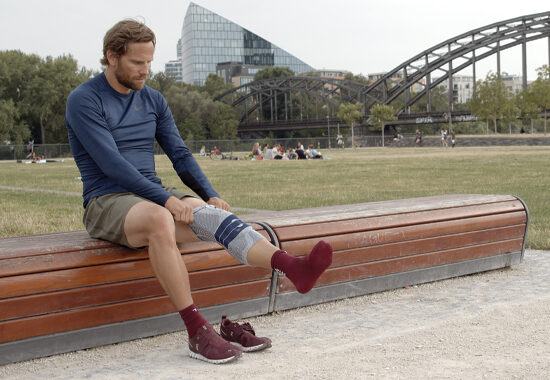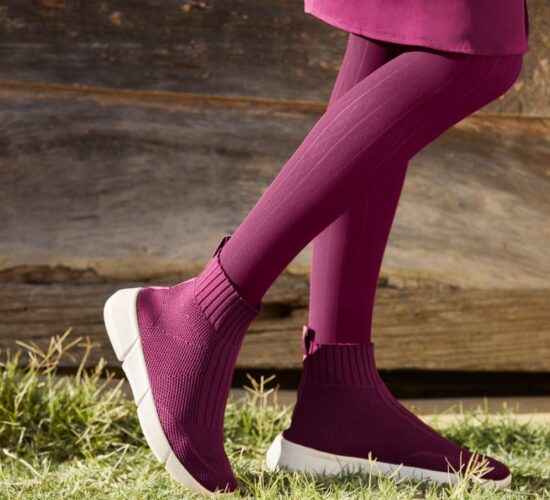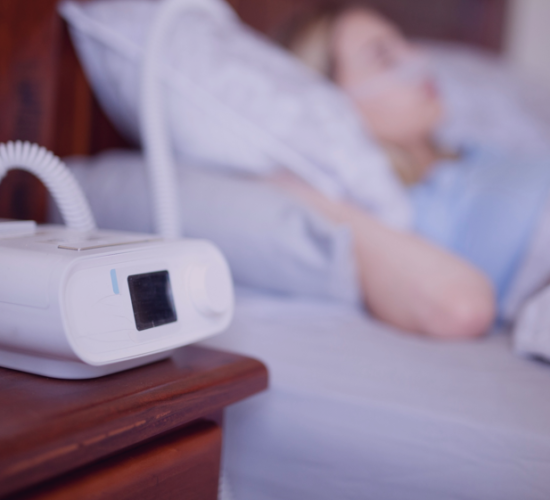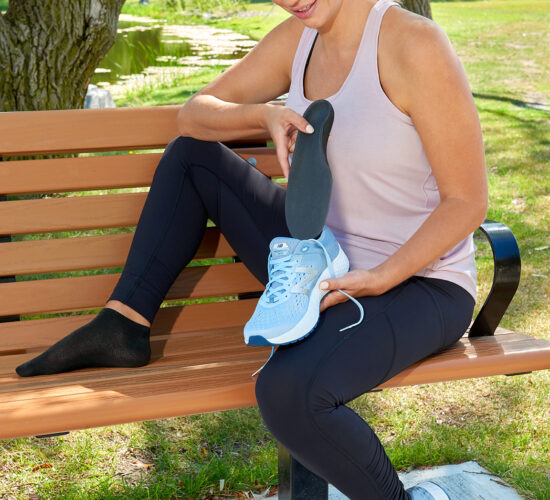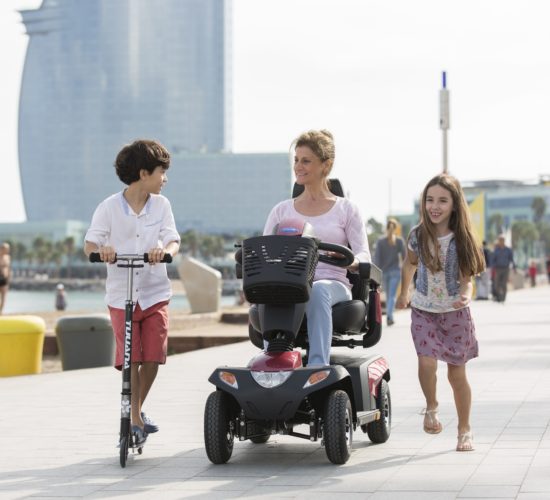What are knee braces used for?
The knee is a vital joint in the body. Your knees support a good part of your weight. Wearing an orthosis will help protect, stabilize and even rehabilitate your knees when their mobility is reduced and their movements are less fluid.
An orthosis or knee brace will allow you to continue your physical activities safely. It can help correct a knee problem that is limiting your mobility or that could end up affecting your health.
Who needs a knee brace?
A knee brace may be required in various situations. It may be prescribed following knee surgery, for example. Wearing a brace after surgery for a torn anterior cruciate ligament, a fractured tibial plateau or a ruptured quadriceps tendon will help you heal faster and regain mobility more quickly.
More active people who suffer from patellofemoral syndrome or ligament instability can also benefit from a knee orthosis or articulated knee brace. These devices have a stabilizing function that reduces the risk of injury.
A more flexible knee brace can be worn to help stabilize the patella. These lighter orthoses also compress the joint, which promotes blood flow and helps treat certain conditions, including osteoarthritis.


